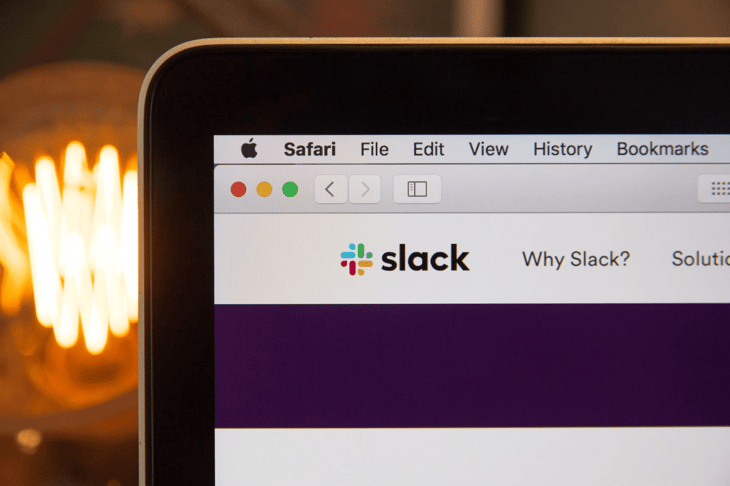
3 Best Practices to Engage The Modern Customer with Multi-Channel Communication
An ability to engage the modern customer is key to building - and maintaining - relationships in the ever-evolving business landscape. But as today’s customers no longer demonstrate a preference for just a single channel, firms must be ready to expand their inbound communications strategies to engage across multiple platforms. They must meet customers in different places, at different stages of the buyer journey to ensure customer success.
Sadly, this doesn’t always happen. ‘Companies often fail across digital channels because they are insufficiently aware of the real needs and preferences of their customers across omnichannel journeys’ notes McKinsey partner Jorge Amar.
The Evolving Customer
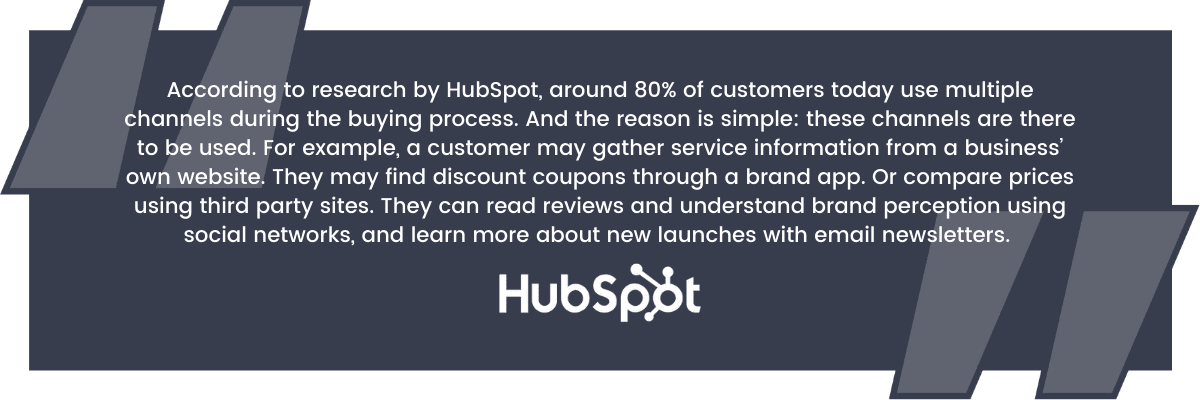
The multi-channel customer can seem difficult to track and comprehend. But it’s worth the effort. A study by the Harvard Business Review suggests that customers that utilise multiple channels during the buyer journey are more valuable, spending on average 10% more online than those customers who reach a decision using just a single channel.
Exploring the Challenge
The primary challenge for businesses trying to engage the modern customer with multi-channel communication is that the number of channels that customers can utilise across their journey is constantly growing. It is becoming increasingly difficult for businesses to maintain effective communications across an ever-growing network.
But it can be done. Especially when you adopt three best practices to engage the modern customer with multi-channel communication in the right place, at the right time:
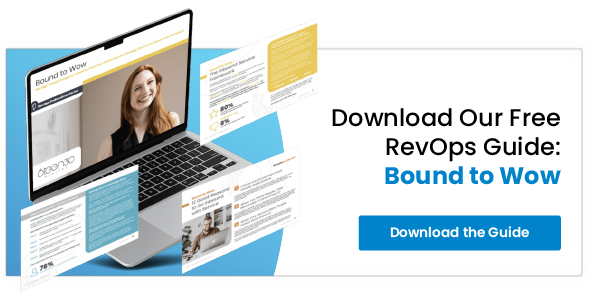
1. Use a Customer Engagement Platform
One of the most urgent concerns in engaging in multi-channel communications is that, with so many channels in play, it becomes incredibly tricky to manage all of these communications effectively and efficiently, jeopardising a business’ ability to engage with the modern customer. Fortunately, a customer engagement platform can help.
If you are already happily using customer service software, you may think that you have it covered but an engagement platform is an invaluable addition.
A customer engagement platform, like HubSpot’s Service Hub, works to bring together communications from all channels into a single, manageable, centralised hub. No matter where your customers are, what stage of the customer journey map they are located in, or how they’re communicating, you can track engagement and control how you interact, and when.
These platforms address some of the biggest risks of multi-channel communications. Notably, the risk of overlooking or losing a conversation, and allowing for conversations to be shared with relevant parties across the organisation. When multiple channels are involved, it’s vital to organise customer conversations into a single, manageable inbox.
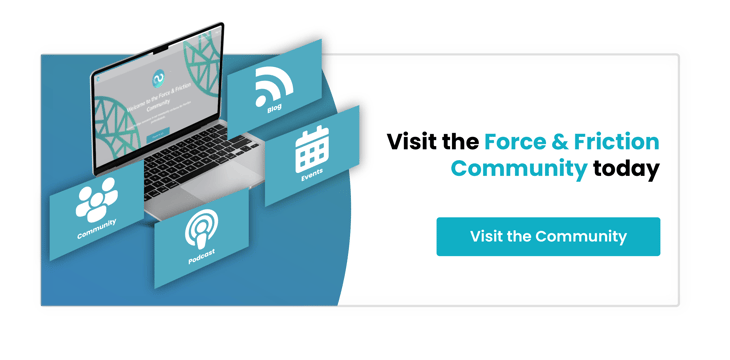
2. Maintain a Consistent Message
Customers are statistically more likely to want to engage with a brand that has personality; a brand that’s - quite simply - engaging. And so it’s important for businesses to develop strong communications. The problem, however, is that these communications must be tailored to the channel, and yet maintain total consistency.
For example, a brand may engage the modern customer with chic, sophisticated communications over Instagram. And yet, position themselves as a more affordable, down-to-earth business on their own website. That means these two channels are conflicting; they’re giving off different messages depending on where a customer is.
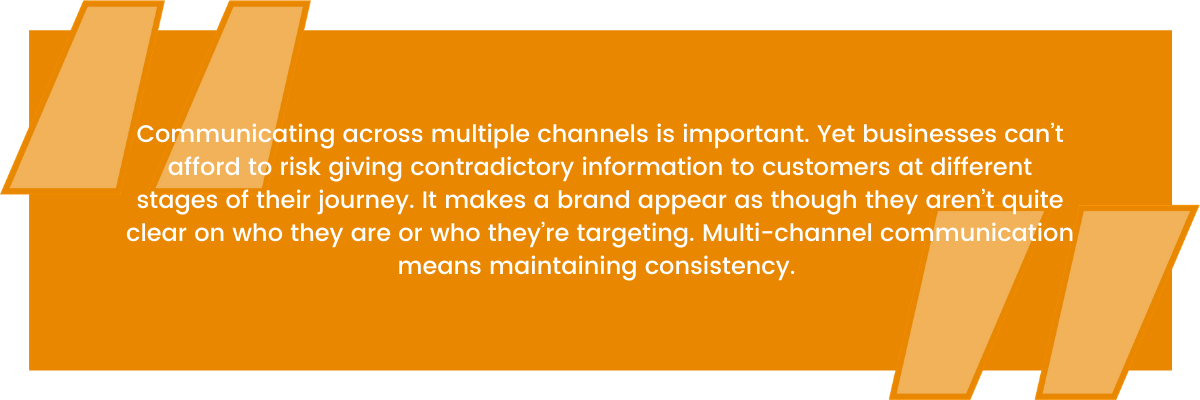
3. Make it Personal
When employing the inbound methodology, many businesses focus on creating tailored, personalised communications for their customers. What they don’t always consider is the importance of creating tailored, personalised communications for different channels, too. It’s good practice to customise for the channel in question.
While the overall message should remain the same - as discussed above - communications will engage the modern customer better when they’re relevant to the channel, and relevant to the stage of the journey a customer is in when they utilise this channel. There are two main channel categories: publishing and dialogue channels.
Publishing channels are content-based channels; channels where your communication is the primary factor, such as your website, for example. Dialogue channels are discussion-based channels; channels where interaction is the primary factor, such as your social profiles. Personalising communications for the channel is key to engaging.
Quality, Not Quantity
Your customers are everywhere. And it’s tempting to want to be everywhere with them. But engaging the modern customer with multi-channel communication is about quality, not quantity. When you employ best practices such as those above, you don’t need to be present on every single possible channel that your customers will use; you can deliver an exceptional experience and service across the channels that are relevant, suitable, and accessible to your business. This sets you up for building strong, valuable relationships and ensuring customer satisfaction at every stage of the journey.








%20-%20Teal.png?width=500&height=130&name=Force%20%26%20Friction%20-%20Branding%20-%20Logo%20(White)%20-%20Teal.png)